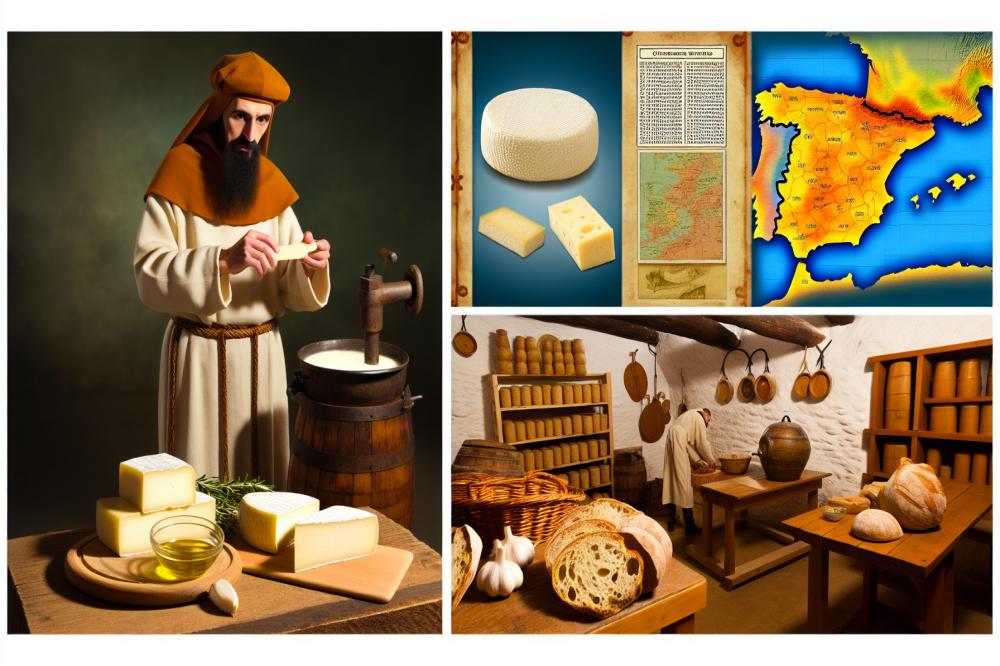Introduction
Spanish cheese holds a special place in the nation’s culinary heritage. It is more than just food; it represents regional pride and age-old techniques passed down through generations. The variety of flavors and textures found in cheeses like Manchego, Cabrales, and Idiazabal tells stories of their origins. Each bite connects people to the land and culture, making it a vital aspect of Spanish identity.
monastic cheese making has roots that run deep in Spain’s history. monasteries long served as centers of learning, agriculture, and craft, where monks perfected the art of cheese production. Their knowledge of local ingredients and dedication to process contributed significantly to the evolution of cheese in various regions across the country. This tradition has influenced many contemporary cheese makers.
Many regional varieties owe their distinctive qualities to these monastic practices. Monks experimented with different milks and aging techniques, resulting in flavors that are as diverse as Spain itself. This legacy continues to be felt today, with artisanal producers crafting cheeses that echo historic methods while adding their own innovations.
Understanding the influence of monastic cheese making reveals how Spanish cheese traditions have developed over centuries. It shows a beautiful interplay between faith, labor, and culinary art. As cheese lovers explore these flavors, they also honor the monks and their contributions to a vibrant gastronomic culture.
Monastic Cheese Making
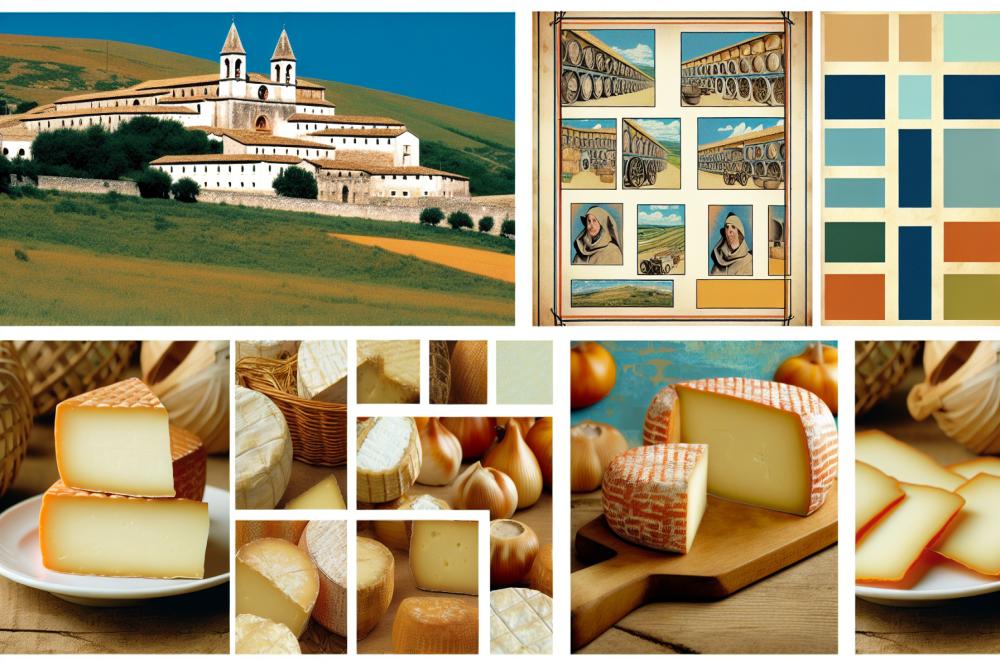
Spain boasts a rich history of monastic cheese production. It dates back several centuries. monasteries emerged as centers of spirituality, learning, and community life. Many of them, especially those located in remote areas, became self-sufficient. They relied on agriculture, and dairy farming became essential. This led monks to delve into the art of cheese creation.
Monastic communities played a significant role in cheese manufacturing. Each monastery often had its own specific recipes and techniques. Monks would utilize traditional methods passed down through generations. They focused on quality and flavor, prioritizing their craft. The commitment to excellence became a hallmark of their cheeses.
Different regions in Spain contributed to the variety of cheeses produced. In the northern areas, monasteries like those in the Basque Country created cheeses known for their strong, rich flavors. In contrast, southern monasteries produced milder, more subtle varieties. The geographic diversity significantly influenced the taste and characteristics of the cheeses.
Cheese-making methods used by monks were often simple yet effective. They relied on natural ingredients, primarily milk from their own livestock. Temperatures were carefully monitored during the aging process. This meticulous care led to distinctive flavors unique to each monastery’s product. Some cheeses even bore the influence of local herbs and spices grown nearby.
Specific monasteries gained fame for their exceptional cheese offerings. For instance, the Monastery of Santo Domingo de Silos is renowned for its queso deenca. Meanwhile, the Monastery of Jesús Nazareno produces exquisite cheeses that attract visitors. Each location provides a glimpse into the rural life of the monks and their devotion to their craft.
The harmony between religious life and artisanal cheese-making continues to flourish. Many modern-day practitioners still draw inspiration from these ancient traditions. Today, consumers appreciate the flavors and stories behind these unique cheeses. They connect with the age-old practices of the monks. This enduring legacy rightfully honors monastic cheese-making’s place in Spain’s culinary heritage.
Spanish cheese traditions
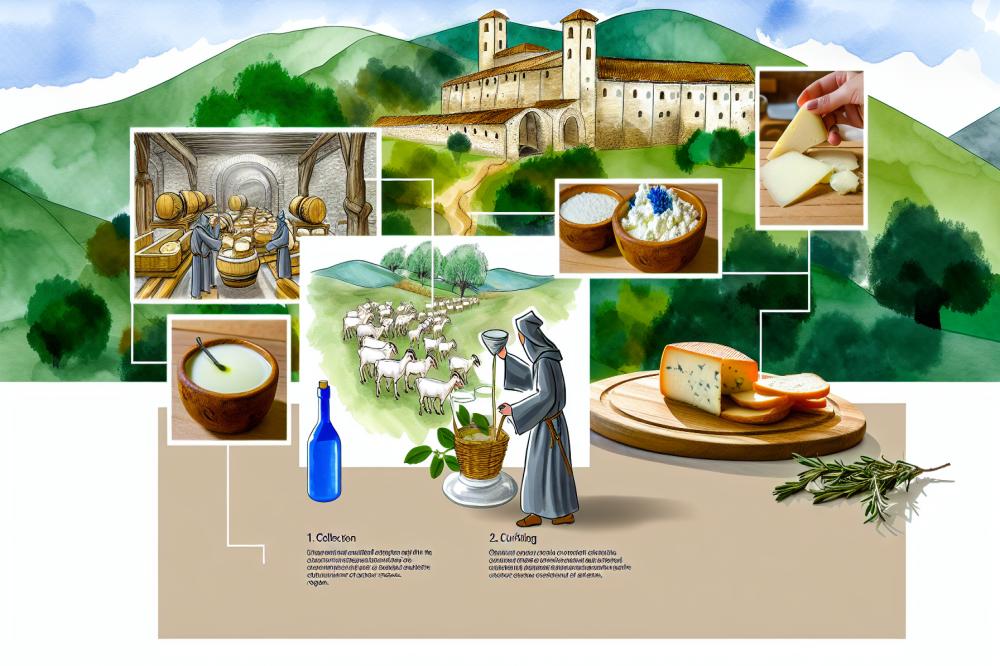
Spain boasts an impressive array of cheeses, each showcasing its own regional character. Some areas are known for their creamy azul cheese, while others feature hard, aged varieties. This diversity arises partly from the country’s wide-ranging geography, which includes mountains, plains, and coastal regions. Different climates also play a significant role. Warm, arid zones provide ideal conditions for certain cheeses, while cooler climates inspire others.
The connection between Spanish cheese and monastic practices runs deep. Monasteries often served as centers for agricultural knowledge and religious devotion. Monks were skilled artisans, turning milk from their surrounding farms into various cheeses. Their methods were not only about sustenance but also part of spiritual life. Cheese-making became a tradition passed down through generations.
Among the noteworthy cheeses with monastic roots, we find Queso de Pría. This cheese hails from Asturias and is made using cow’s milk. The monks developed its unique flavor, which comes from the local flora that the cows graze on. Another example is Torta del Casar, a creamy cheese enriched with the milk of sheep. This cheese originated in Extremadura, with recipes traditionally safeguarded by religious communities.
Add to this the famous Idiazábal cheese, created by the Basque shepherds. While it is common today, its origins relate back to monastic households that influenced its production. Each of these cheeses illustrates a region’s heritage while reflecting the monastic influence that shaped Spanish cheese-making traditions.
Recipe: Queso de Cabra al Romero (Goat Cheese with Rosemary)
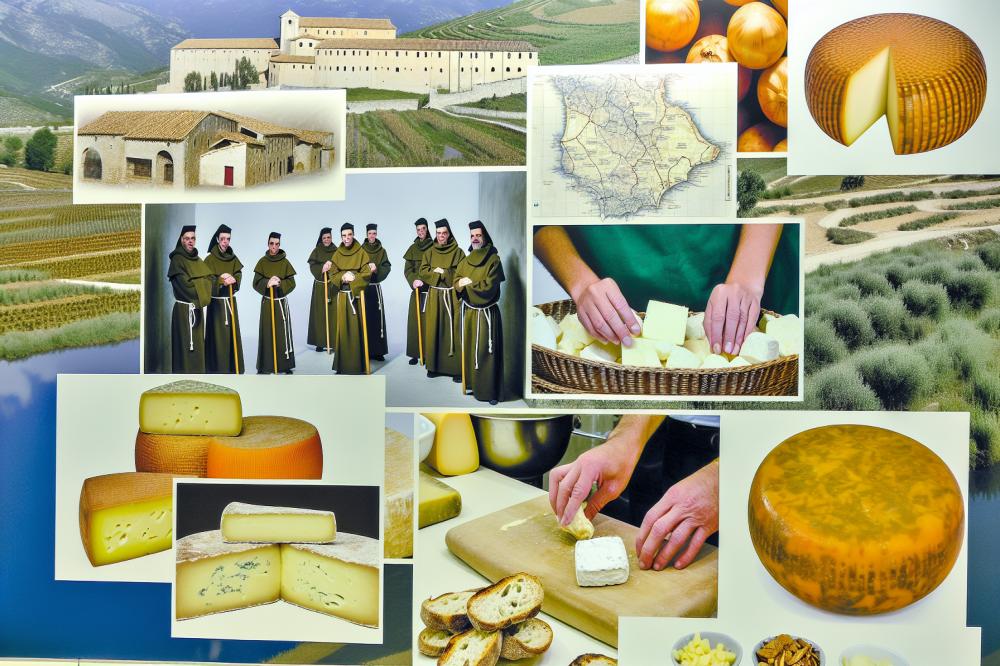
This delightful dish showcases the marvelous qualities of goat cheese, bringing together flavors that reflect Spain’s monastic cheese-making traditions. The combination of fresh ingredients creates a rustic charm in any kitchen.
Ingredients:
- 500g fresh goat cheese
- 2 tablespoons olive oil
- 2 cloves garlic, minced
- 2 tablespoons fresh rosemary, chopped
- Salt and pepper to taste
- Optional: crusty bread for serving
Instructions:
- In a medium bowl, combine the goat cheese with olive oil, garlic, rosemary, salt, and pepper.
- Mix thoroughly until the mixture is creamy and well combined.
- Next, transfer this blend to a serving dish. Drizzling some extra olive oil on top can enhance its look.
- Serve the cheese with slices of crusty bread, perfect for spreading.
Nutritional Information:
- Calories: 220 per serving
- Protein: 10g
- Fat: 18g
- Carbohydrates: 2g
Health Benefits:
Goat cheese has several advantages. It tends to be lower in fat than cheeses made from cow’s milk. Those probiotics found in this cheese are great for gut health. Moreover, rosemary offers many benefits, including antioxidants and anti-inflammatory properties. Incorporating these ingredients into your diet might enhance your wellness.
Final Thoughts
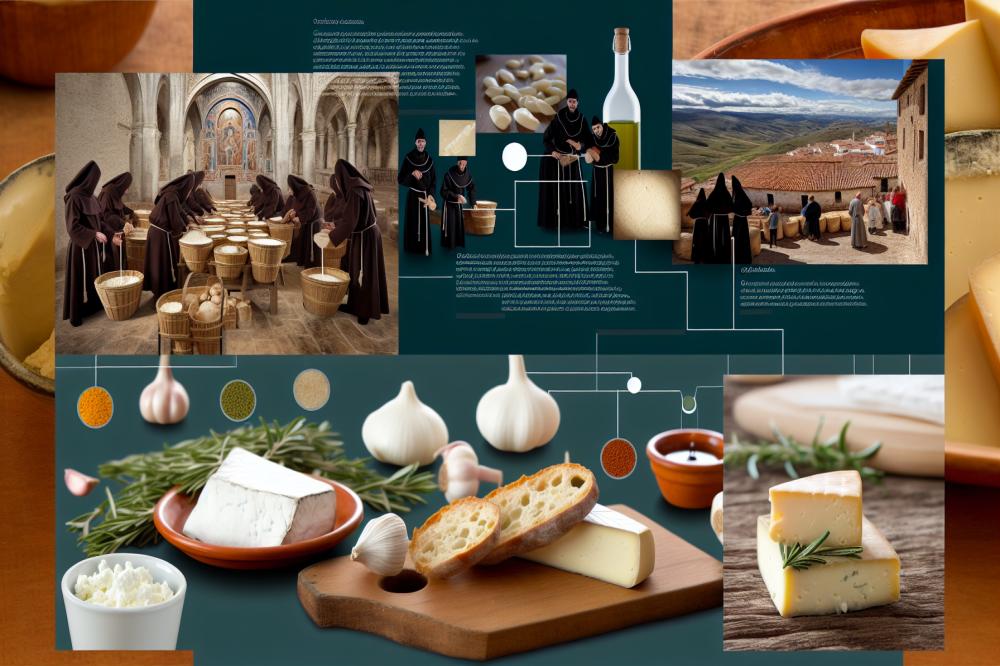
The influence of monastic traditions on Spanish cheese making has played a crucial role in developing the country’s rich cheese culture. Monasteries across Spain have served as custodians of cheese-making techniques, blending history with artisanal craftsmanship. Their dedication to quality and tradition has shaped not only the flavors but also the methods used in creating various cheeses.
Understanding the historical context surrounding these cheeses reveals much about regional identities. Each type of cheese carries a story, often linked to the monks who crafted them. Various cheeses produced in monastic settings reflect the unique characteristics of their local environments, from the grassy hills of the countryside to varying weather conditions.
As one digs deeper into the art of artisan cheese, it becomes clear how cultural heritage influences taste. The devotion shown by those early cheese makers has inspired generations, preserving techniques that might otherwise have been lost. This commitment to craft is evident in every bite of Spanish cheese, showcasing flavors that are both creamy and robust.
Exploring Spanish cheeses offers a journey through history and tradition. Each cheese invites you to taste the passion behind its creation. It is essential to appreciate these culinary treasures, as they embody centuries of dedication and creativity. By delving into the variety of flavors and types available, consumers can truly support the continuation of this flavorful legacy.
In sum, the cheeses influenced by monastic craftsmanship deserve celebration. They represent a meaningful connection to the past. Engaging with these products not only enhances our palate but also enriches our understanding of Spain’s cultural fabric. So next time you enjoy a piece of Spanish cheese, remember the monks who played a vital role in crafting its history and flavor.

